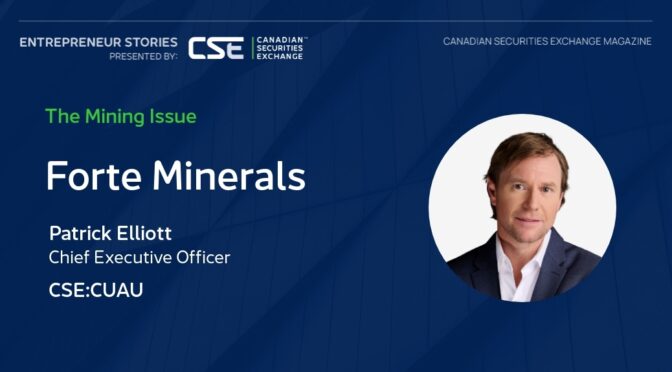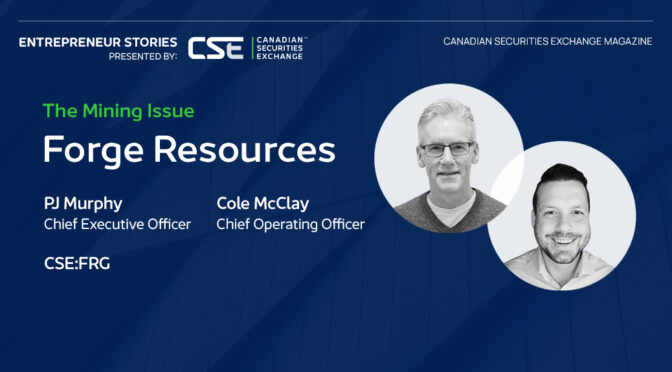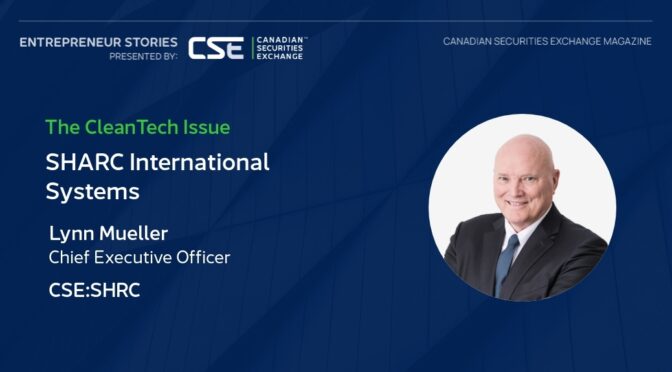Cancer is an oftentimes fatal condition that has touched most people’s lives directly or indirectly. And while there are treatments available, depending on the type of cancer in question and how advanced it is, much of the time they do not work.
Traditional treatments such as radiotherapy and chemotherapy are well understood. When administered in a timely manner for an amenable form of the disease, they perform credibly. But they can be tough on the body and leave lingering side effects.
Beyond this, efficacy can be patchy. Take immunotherapy, now seen as the gold standard for cancer treatment – response rates range between 15% and 35%, depending on the drug and tumour type. Toxicity is also a problem in around 20% of patients.
The broader research into drug efficacy paints a similar picture across different classes of treatment. The problem is not with medication per se. It lies with the nature of cancer itself and the patient’s immune system.
Cancer is not a single defined disease, but a cluster of them that have learned how to fool the human immune system. Even within cancers of a similar type, presentation can vary in ways almost as unique as the DNA that defines us.
As researchers have deepened their understanding of cancer, the idea of a silver bullet treatment has faded. Instead, physicians now favour a more nuanced approach, although we have yet to see truly personalized cancer medicine to date.
Halifax-based Sona Nanotech (CSE:SONA) believes it may have uncovered a nanotech-based approach that could have broader application than many current frontline treatments, working across a range of solid tumours to kill them by leveraging the immune system’s natural defences.
It is also highly targeted in its administration, avoiding the collateral damage that traditional chemotherapies and radiotherapies inflict on healthy tissue.
Sona Nanotech’s advance emerged from an idea conceived by Dr. Kulbir Singh and Dr. Gerrard Marangoni of St. Francis Xavier University in Nova Scotia. It centres on gold nanorods, a technology ripe with potential but historically fraught with drawbacks.
A key impediment has been overcome through extensive R&D work at Sona, led by Singh, which now forms the core intellectual property of the business: the nanorods have been rendered biocompatible, which makes them a very promising candidate for in-human use.
“Lots of people make nanoparticles, and lots of people make nanorods. We’re the only ones who make nanorods at scale that are biocompatible, so they’re ideally suited to what we want to do with them,” says Sona Nanotech Chief Executive Officer David Regan.
As part of a process called targeted hyperthermia therapy (THT), a solution containing hundreds of billions of these tiny particles, undetectable under a regular lab microscope, is injected directly into a solid tumour.
A near-infrared light (NIR) source then activates the particles, heating the tumour from within. Due to its non-ionizing nature, NIR light is harmless to human tissue and can penetrate the skin. For example, an oximeter that is pressed to the finger for oxygen testing uses NIR light.
The precision and temperature control are such that only the malignant area is affected, sparing surrounding healthy tissue.
“Our current ways of killing cancer are brutish in terms you, and even I, can’t comprehend,” says Regan. “Chemo is, of course, but even radiation does a lot of damage, and surgery has huge risks.”
“The idea behind this is we heat the tumour gently from the inside out, and we control the temperature very carefully at around 45°C, in which case you’re only harming cancer cells, not healthy cells, because cancer cells have a lower tolerance for the heat they can withstand.”
In animal models, this approach not only shrinks tumours and kills cancer cells but also stimulates the immune system by presenting tumour antigens (distress-signalling biomolecules) to the patient’s immune system, which otherwise would be kept hidden by the cancer tumour.
This opens the door to treating so-called “cold” tumours that are not recognized by the body’s disease-fighting T cells.
These cold tumours are also where all current immunotherapies, such as Merck’s blockbuster Keytruda, struggle.
Another potential strength of Sona’s technology is its ability to carry immunotherapy drug molecules on the tiny nanoparticles. This raises the prospect of further enhancement of the technology.
This approach fits with one of the current trends in cancer research: antibody-drug conjugates that bring together therapies to create more effective treatments.
Regan also points to its potential use as a neoadjuvant therapy, a treatment given before a primary treatment that enhances the efficacy of drugs.
All of this is promising in theory. But how far along the research and development curve has Sona progressed?
The company is on the cusp of a first-in-human feasibility study, which may bring it to the attention of the industry’s key opinion leaders.
Before reaching this point, significant research was conducted, testing the therapy on melanoma, breast, and colorectal cancers. Mice were given a single injection of gold nanorods, which were then heated using a near-infrared laser. This gentle heat destroyed cancer cells and exposed hidden markers that triggered an immune response.
In colorectal and breast cancer models, combining THT with leading immunotherapy drugs led to near-complete tumour elimination, whereas the drugs alone had little effect. In the melanoma model, THT produced a rare abscopal effect: even tumours not directly treated began to shrink.
Gene activity tests confirmed that THT strongly activated the immune system, but without the toxicity often associated with other treatments.
The next step is a first-in-human deployment of the technology in around 10 people with advanced melanoma that has resisted traditional treatment. The aim is to demonstrate safety and immune-activating potential. Skin tumours are to be chosen partly for practical reasons, as they are accessible for injection and imaging.
While melanoma is typically immunogenically “hot” and responsive to immunotherapy, some late-stage melanomas can become “cold” due to immune evasion mechanisms, leading to poor responses to current drugs.
The study’s primary endpoint is safety. Researchers will monitor how well patients tolerate two applications of THT delivered a week apart. Secondary and exploratory endpoints will assess tumour size and immune system activity, including changes in immune cell populations and cytokine levels.
Top-line results could emerge as early as mid to late summer, according to Regan. In the meantime, Sona will present a poster at the American Society of Clinical Oncology’s annual meeting in Chicago. Additional peer-reviewed papers will follow its debut publication in the journal “Frontiers in Immunology,” which has already drawn interest from researchers and clinicians.
Regan and his team are also looking to expand the pipeline of uses for the biocompatible gold nanorod platform. This will not only boost Sona’s research reputation but also enhance its appeal to potential collaboration partners.
There is also the issue of regulatory pathway. Traditional drugs undergo a three-stage approval process that is both onerous and expensive, often requiring funding from a large pharmaceutical partner.
Given that Sona’s technology is a medical device, it remains to be seen whether it will be eligible for the U.S. Food and Drug Administration’s 510(k) route, a potentially expedited and cost-effective path to market. That decision point will not come until feasibility study results are available and there is clarity on whether the approach qualifies as a device.
In a field where new cancer treatments can cost hundreds of millions of development dollars only to fail at an intermediate hurdle, Sona has so far progressed on a relative shoestring. It is expected that the $3.1 million friends-and-family funding round completed in the fall of 2024 will carry the company through its feasibility study.
If successful, that could provide a platform to attract further investment. The next step would be a pilot study. “We’re already well down the road on setting that up, and we think that would be very well received,” says Regan.
“People think of clinical trials as being tens of millions of dollars. We have a path that is a fraction of that, which we think could be very exciting. And most importantly, we’re looking to accelerate this process.”
This story was featured in Canadian Securities Exchange Magazine.
Learn more about Sona Nanotech at https://www.sonanano.com/.










